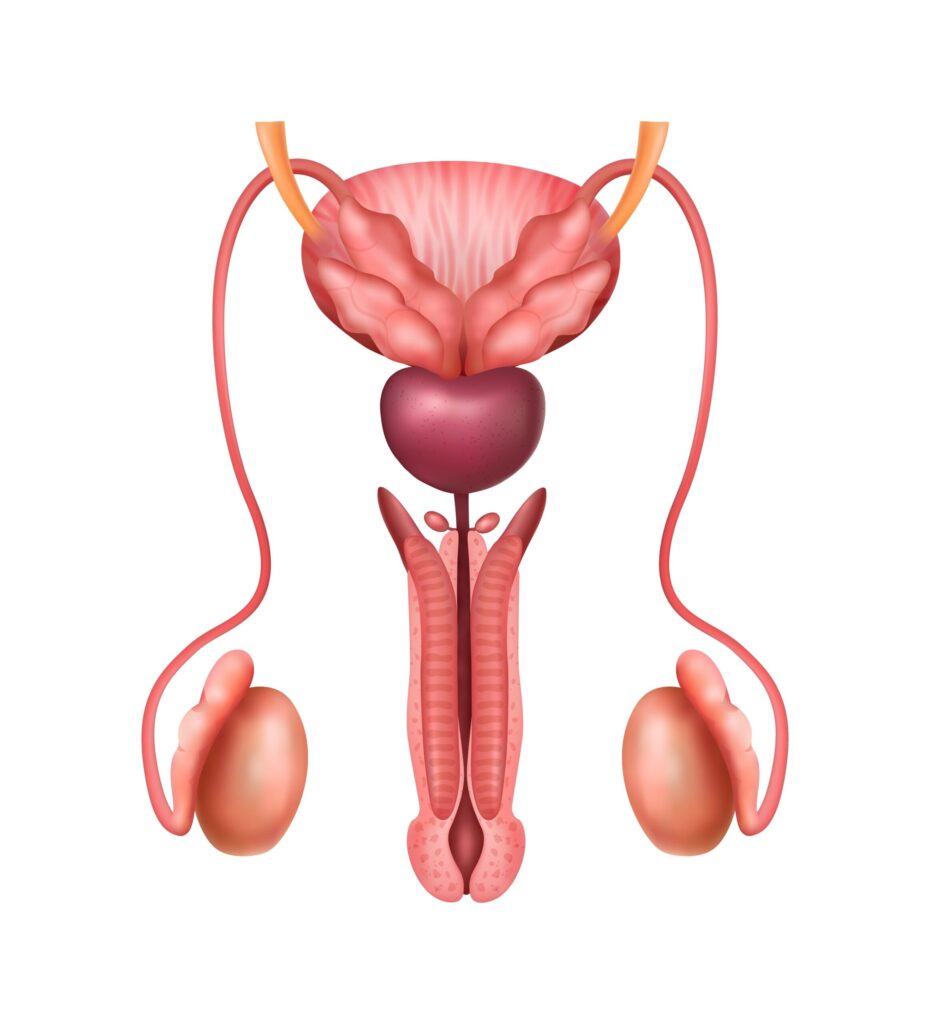What is Urethral Stricture?
The urethra is a tube that expels urine from the bladder to the outside and is wide enough for urine flow. When the urethra narrows, it can restrict urine flow, and this medical condition is known as a urethral stricture.
Urethral strictures are most common in men (above 55 years), and rare in women.
Symptoms of Urethral Stricture
The most apparent sign of urethral stricture is a weakened urinary system.
- Reduced urine flow
- Straining to pass urine
- Difficulty urinating
- Dribbling of urine
- Frequent urge to urinate
- Urinary tract infections
- Penis or prostate inflammation
- Pain during urination
Consult your urologist right away if you experience symptoms of stricture and are unable to urinate.
Causes of Urethral Stricture
- Injury to the urethra
- Sexually transmitted infections
- Prostate enlargement
- Placement of catheters or instruments (During Surgery)
- Unknown reasons (idiopathic strictures)
- Urethral cancer
The condition can range from mild to life-threatening, so a quick diagnosis is important.
Prevention of Urethral Stricture
It is only sometimes possible to prevent urethral stricture by,
- Using protection during sexual contact to avoid sexually transmitted diseases
- Avoiding injury to the pelvic area
- Careful use of catheters and instrumentation
Diagnosis of Urethral Stricture
Doctors make diagnoses based on medical history, physical examination, and a few additional tests.
Doctors confirm the diagnosis by:
- Physical examination
- Uroflowmetry test (tests to determine urine flow rate)
- Retrograde urethrography or cystoscopy (Confirms the diagnosis)
- Ultrasound scan and an MRI scan
Imaging studies are essential to determine the location and extent of the narrowing from the stricture.
Treatment for Urethral Stricture
No medications are available to treat urethral strictures. Antibiotics and anti-inflammatories help treat underlying conditions like infections and inflammation.
Treatment options include:
- Urethra dilation (procedure to widen the urethra)
- Urethrotomy (to remove scar tissue)
- Urethral reconstruction (cut the scarring and then reconnect the urethra)
- Urethroplasty (rebuilding the urethra with tissue from the penis or scrotum)
Treating your problem early is the best way to avoid serious complications. Consult your urologist right away!
Post-Treatment Guidelines for Urethral Stricture
- It takes a few weeks before you can resume normal physical activities
- You need a catheter for about a week after the surgery
- Follow-up visits are mandatory after urethroplasty to ensure the healing process
Will Treatment Cure Urethral Stricture?
Your doctor can treat the condition successfully by implementing the appropriate treatment strategy. However, follow-ups are necessary as there are chances of recurrence.
Facts About Urethral Stricture
- The condition may not cause any symptoms
- Surgery is the best solution, as medications do not treat the condition
Urethral stricture is a condition that can cause serious complications if left untreated. However, with the proper diagnosis and treatment, most patients can regain their quality of life. It is important to seek medical attention if you are experiencing any symptoms of urethral stricture.

